Free November Desktop Calendar
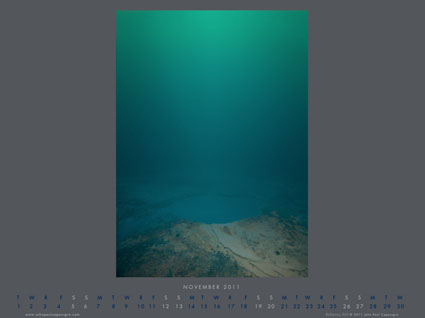
This month’s free desktop calendar is now available!
Download it here.

This month’s free desktop calendar is now available!
Download it here.
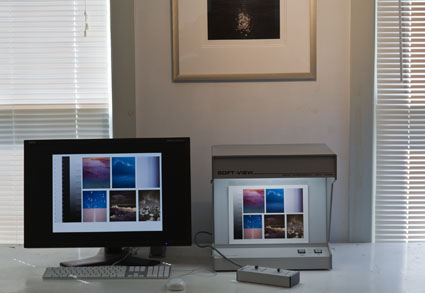
One critical aspect of color management has nothing to do with either hardware or software. It’s the environment you work in. Control your environment and you’ll control the color you see. Desktop, walls, decorations, fashion, viewing light, secondary light sources, ambient light – it all matters.
Keep It Neutral
Color influences color. This is sometime physical, when filtered or reflected color alters the appearance of another. This is always perceptual, when our eyes adapt to the presence of multiple colors. That’s right. Surround one color with another color and you’ll experience the color differently. You can’t measure this change in the physical world because the change takes place inside your eye/brain. Simultaneous contrast is a perceptual adaptation that you can’t turn off, but you can be aware that it’s happening, understand how it’s influencing you, and minimize it’s effects.
How? Surround yourself with neutral colors; they influence our experience of other colors least. Neutral colors produce the least contamination and the least adaptation. And, medium gray values produce the least brightness compensations of all neutral colors.
You may be tempted to make the appearance of your computer desktop colorful and lively. That’s fine for many non-color-critical tasks. However, when you’re adjusting color, make your desktop neutral. You won’t be able to see the color you’re adjusting accurately unless you do. If you don’t want to change your desktop use Full Screen mode, to hide the desktop and surround your image with a neutral color. (One downside to this is you’ll only be able to view one image at a time.)
Walls and decorations of any significant area should be neutral in appearance too. Make walls and decorations neutral. For the purposes of controlling your environment, any neutral color is better than a saturated color. You could opt for white, gray, or black. Don’t opt for designer whites, grays, or blacks, which contain trace amounts of hue and saturation that can still influence your perception enough to be significant. Choose neutrals. (If you’ve got a favorite image (poster, photograph, painting, etc) that’s colorful, position it out of your field of vision while you’re adjusting color.)
Don’t forget fashion. Wear neutral colors. If you wear bright colors, they’ll influence your perception too, especially if light reflects off of them and onto your surroundings or images.
Light It Well
The most important thing to control in your environment is light.
After all, light is what produces your sensation of color.
Viewing light, secondary light sources, ambient light
It stands to reason, for viewing color accurately, you want white light not filtered or colored light. (Don’t wear sunglasses or tinted glasses when adjusting color.) But what many people don’t consider is that not all white lights are created equally.
You’ll want to consider the amount of light – measured lux. It’s better to have too much light than too little light; colors will appear dull if you don’t use enough light; just don’t produce glare or make viewers squint. A CRI of 90 or higher is recommended.
Next, consider the color temperature of light – measured in Kelvin degrees. While 5000K is the industry standard (most viewing boxes and printer profiles are built for the 5000 K standard), in real world situations very few people view printed color under 5000K light. More typically, prints are viewed in galleries and museums in some form of halogen (3300K – 3800K) or in homes under tungsten (2800K) with a mix of daylight which varies with time of day, weather, and season. Viewing light for the end user is often highly variable. So, what do you do? Make prints for a specific lighting condition if practical. Otherwise, standardize on a viewing light temperature that can be least adversely affected in as many real world situations as possible. More people prefer the taste of 3600K than any other light temperature.
Finally, consider a light’s spectral distribution – smooth or spiky when graphed. White light can be mixed with different combinations of colored lights. This rarely affects the appearance of neutral colors, but it may have a significant effect on saturated colors. Light sources that contain only a few spectral frequencies (spiky or limited) will increase the apparent saturation of the colors they contain and decrease the apparent saturation of the colors they don’t. Light sources that contain all spectral frequencies (smooth or full) will render all colors without bias and won’t produce relative saturation distortions. Full spectrum light (sunshine, tungsten, some halogen) makes colors appear clearer and more saturated. (See my free ebook review on Solux lighting at www.johnpaulcaponigro.com.)
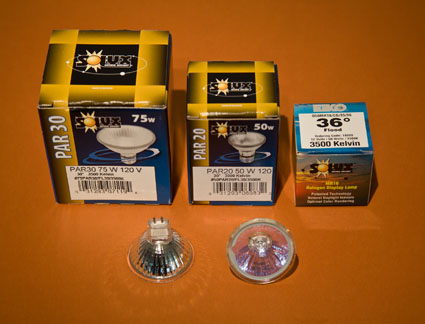
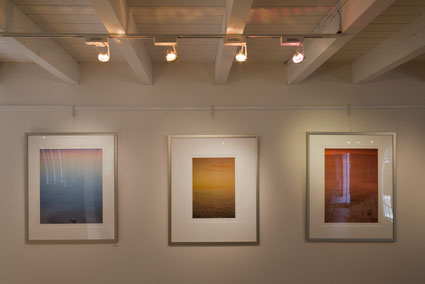
Secondary light sources should also be considered. Avoid backlighting; don’t position your monitor or proofs/prints with bright light sources behind them. Eliminate reflections; use blinds for windows and reposition lights that reflect off monitors. Reduce glare and flare as much as possible. New colorimeters (like Ax-Rite’s i1Display Pro and ColorMunki Display) compensate for these factors during monitor calibration and constantly measure and adapt to changes in these factors over time. Make your viewing experience as easy as possible. If you’re serious about color, you’ll plan to look a lot.
With a few careful choices you can make sure your environment supports your efforts to see and adjust color precisely every day. It’s time well spent. Without this attention to detail, even the most sophisticated color-management systems may be compromised. With this attention to detail, you can rest assured that you’ve done everything physically possible to control color. In a controlled environment, your color will truly shine.
Read more on Color Management here.
Learn more in my digital photography and digital printing workshops.
Find out how Adobe Photoshop and Adobe Photoshop Lightroom work best together. This session reveals the most efficient way to move back and forth between these powerful applications, whether you’re editing a single image or an entire shoot. You’ll learn how to take advantage of export options, presets, publish services, Smart Objects, droplets, and more to automate your workflow and increase your productivity.
View more Lightroom videos here.
Learn more in my digital photography and digital printing workshops.
Matt Koslowski demonstrates Lighroom essentials – importing and organizing, developing, editing in both Lightroom and Photoshop, as well as printing and presenting your photos.
View more Lightroom videos here.
Learn more in my digital photography and digital printing workshops.
Sean Duggan and I discuss the benefits of becoming more aware of your creative process.
Find out more about Sean Duggan here.
Find more Photographers On Photography resources here.
Catch us both at Foto Clave this weekend.
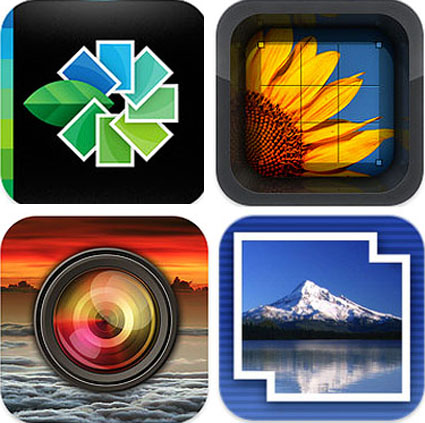
Finding it hard to choose between so many photo editing iPhone apps? Here’s my short list of essential photo editing apps. Get these ten apps and it’s likely you’ll only buy other apps for specialized effects or participating in specific social networks.
Snapseed, PhotoForge 2, Pro HDR, Auto Stitch Panorama, Liquid Scale, iResize, Photo Fixer, TiltShift, Image Blender
Read my full review on The Huffington Post.
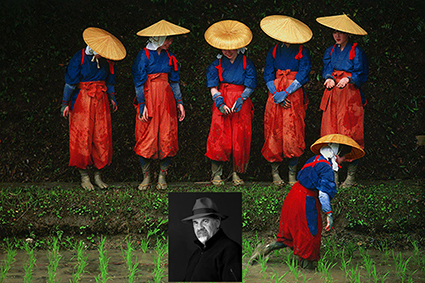
Arthur Meyerson provides quick candid answers to 20 questions.
What’s the best thing about photography?
Taught me how to “see”.
What’s the worst thing about photography?
We are inundated with photographs… not enough vision.
What’s the best thing about gear?
Allows me to capture what I see
What’s the worst thing about gear?
Weight, cost and continually thinking I need to upgrade plus the never-ending conversation about gear
What was the most significant visual moment in your life?
I once had a dream in slide show form and each still image “came alive” becoming a dream within a dream.
Which was the most important image to you that got away?
Spending a day with Cartier-Bresson and NOT photographing him.
Read more of Arthur’s answers here.
Find out more about Arthur Meyerson here.
Read answers to the same questions by other photographers here.
Read my extended conversation with Arthur Meyerson here.
Read my series Photographers On Photography here.
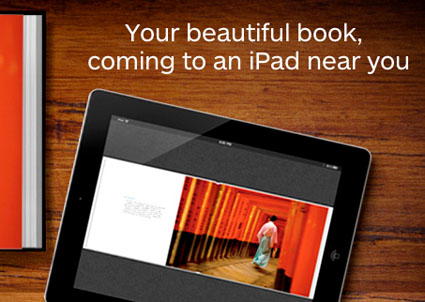
Turn your Blurb books into ebooks compatible with the iBooks app.
Transform your books with one click; Blurb does the rest.
Set your price; charge as little as $1.99.
Flip through pages, search text, zoom in on full-resolution images and more.
Learn more at Blurb.
Read more thoughts on Blurb ebooks here.
Julieanne Kost explains how to transfer all of your Lightroom Catalogs, backups, presets, preferences and supporting files from one computer to another. If the paths to your images change along the way, she provides her tips on how to re-link any missing files and folders.
View more Lightroom videos here.
Learn more in my digital photography and digital printing workshops.
Join Photoshop Product Manager Bryan O’Neil Hughes for a deep dive into the hidden gems of Adobe Photoshop CS5 and Photoshop CS5 Extended, including tips, tricks, and technologies that are sure to help boost your productivity. Discover how to go places creatively that were impossible in Photoshop before CS5. Hughes will reveal many new techniques and enhancements to help keep your skills sharp and current.
View more Photoshop videos here.
Learn more in my digital photography and digital printing workshops.

